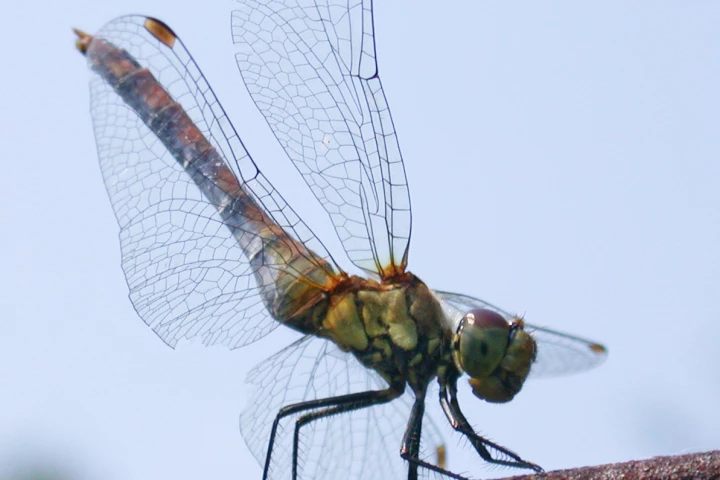Kiel University
-
Taking inspiration from some of the unique attributes of dragonfly wings, scientists at Germany’s Kiel University have developed a new type of splint for injured joints that offers support in all the right places.
-
Radiation is a major danger of space travel, and with human crews heading back to the Moon it’s important to understand the risks. Now we have the clearest data on that to date, thanks to an instrument onboard the Chinese lunar lander Chang’e-4.
-
Known as biofouling, the accumulation of barnacles and other marine organisms on ships' hulls greatly decreases their hydrodynamic efficiency. Thanks to a new paint, however, removing those greeblies may soon be as simple as periodically wiping the ship's hull with a sponge.
-
If you're lifting a delicate object, you don't want to exert too much pressure on it, nor do you want to leave it covered in sticky residue. That's why scientists have developed an adhesive material that not only doesn't leave residue, but that can also be remotely "turned on and off" via UV light.
-
As any good metallurgist will tell you, you can't just take any two types of metal and weld them together. You may instead be able to just join them together with glue, however, thanks to an electro-chemical etching process being developed at Germany's Kiel University.
-
The organized gangs of bacteria known as biofilms are notoriously difficult to dispatch, so researchers figured it might be best to stop them from growing in the first place. They focussed their attention on the communication mechanism inside the colony.
-
Geneticists at Kiel University have discovered that the same longevity gene that makes the Hydra immortal may also explain why humans get older, and more infirm.






